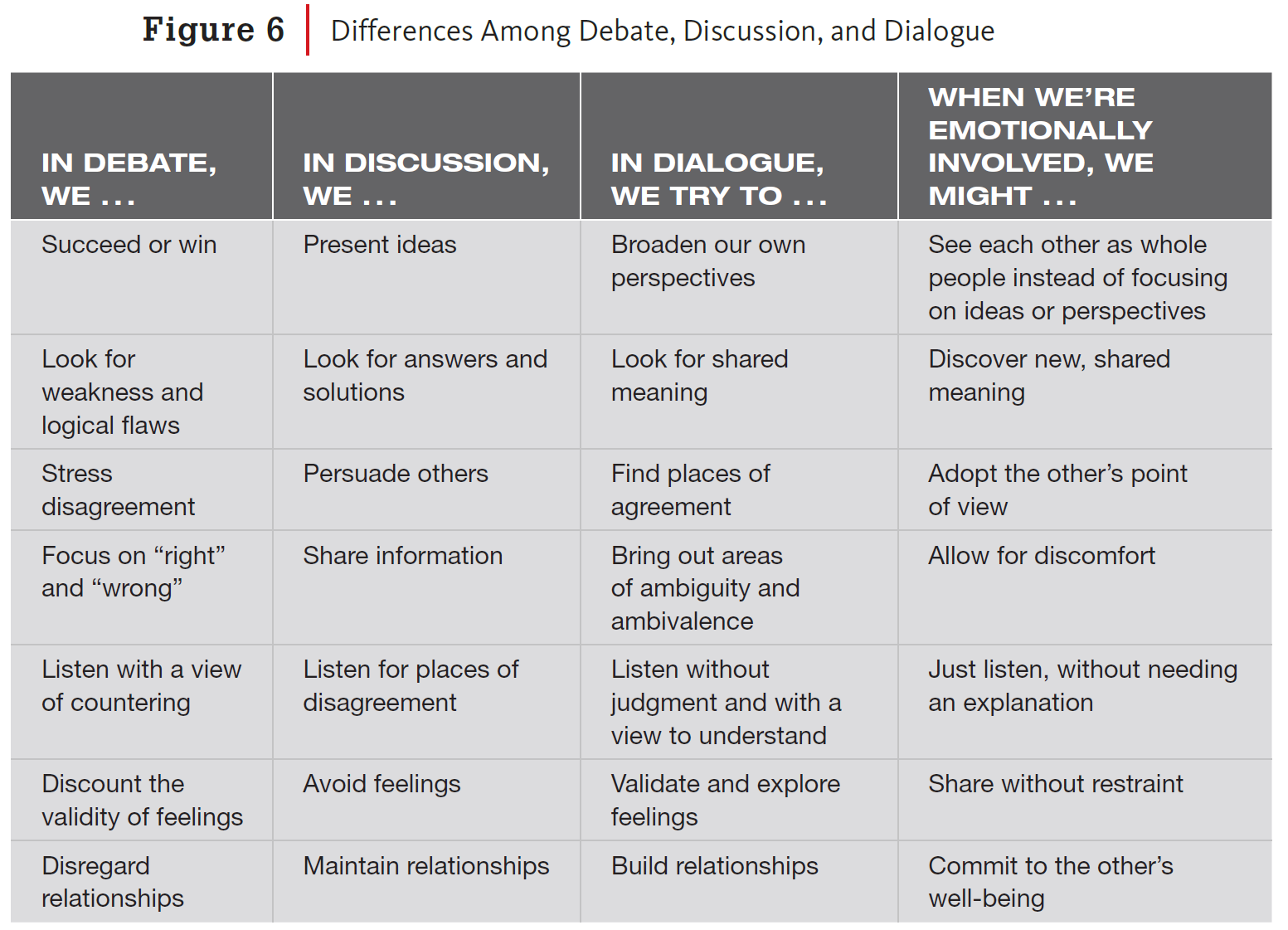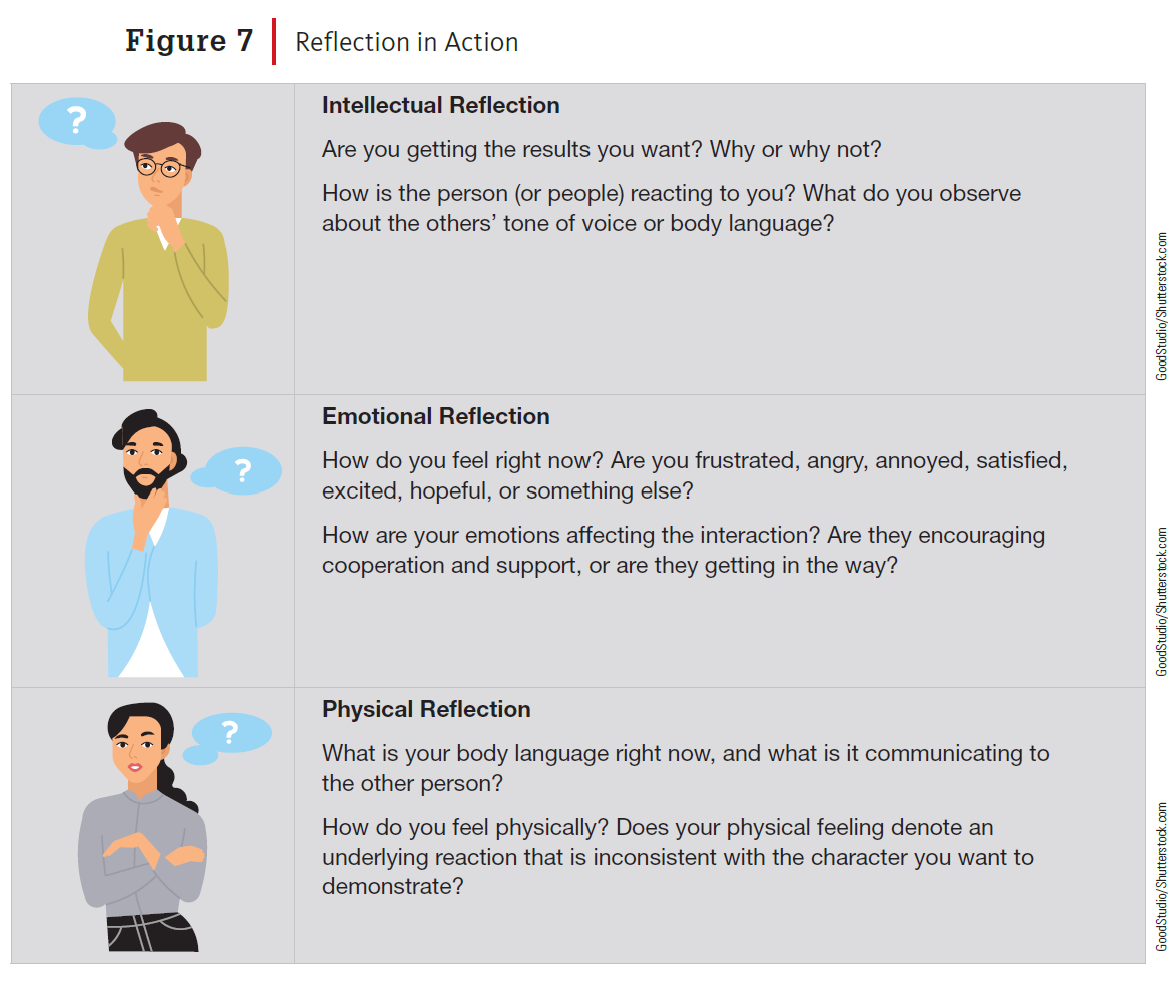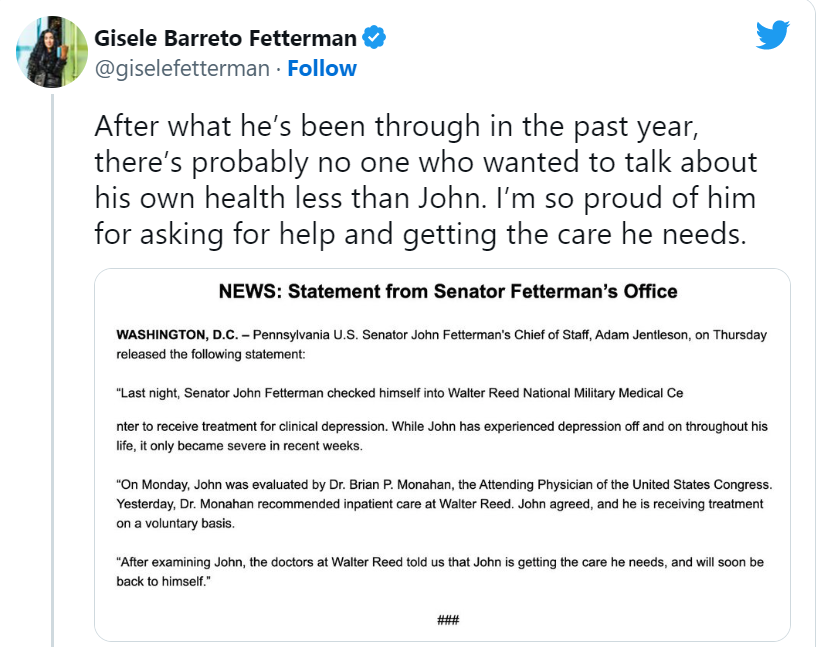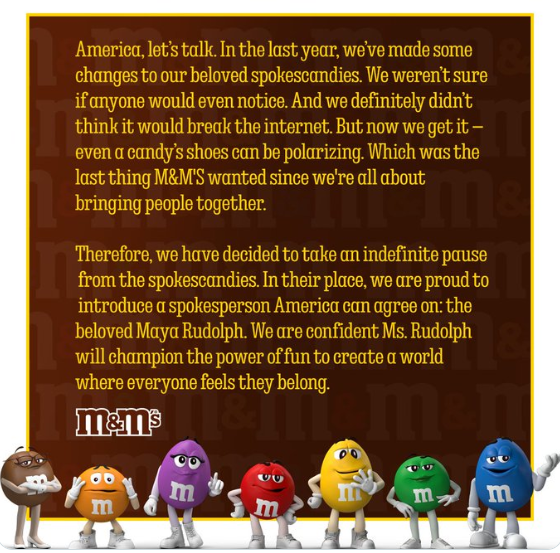The Elephant/Donkey in the Room
/At the 2024 International Association for Business Communication conference in Tulsa, I presented with my Cornell colleagues David Lennox and Christy McDowell about whether and how faculty might discuss U.S. election communications in their classes. Here’s the slide deck and a summary. You’ll see that we co-opted a title from the Southeastern region, which was catchier than our academic title.
We acknowledge that these conversations can be challenging and that faculty decide for themselves whether and how to engage. Tackling this topic requires courage and compassion—for instructors and for students.
Identify Benefits and Risks
We started the presentation with a few benefits about engaging the class to discuss election communications (for example, candidate debates and speeches, campaign emails and texts, ads). Faculty might see these classroom conversations as a way to model civil discourse—a training ground for students to engage others in their professional and personal lives. Faculty might want use election examples to illustrate business communication principles. In addition, faculty might feel personally motivated—a civic responsibility to discuss these messages, which students might not have an opportunity to discuss in any other class.
Then we described a risk assessment model (Kidder, Moral Courage) that includes evaluating potential ambiguity (for example, university mixed messages or unclear guidelines, whether we believe the discussion would be valuable, and perhaps, questions about our own facilitation skills). Faculty might also consider potential emotional exposure (for example, that we might get emotional or flustered during a class discussion or that we might hear student complaints). Finally, we might fear loss (for example, damaged relationships with students or colleagues, risks to tenure or promotion, or harm to students who speak out in class). We weigh the potential risks against the benefits to determine our classroom strategy.
Connect Election Communications to Course Learning Objectives
For faculty who choose to engage, we offered several course learning objectives, shown here, that connect to election communications. Closely tying any class discussion into course outcomes puts us on more solid ground, with a justifiable reason to bring examples into the classroom.
Explore Strategies to Engage with Students
Given these realities, we described strategies for approaching election communications. We all probably have ground rules, perhaps that students participated in creating. Depending on the course, these could include deeper, interpersonal guidance, such as, “Be open to others' views and appreciate differences,” and “Keep confidential discussions that the community has of a personal (or professional) nature.”
Next we applied a Rhetorical Sensitivity model to these potentially challenging classroom discussions. The rhetorically sensitive person (Hart and Burks, 1972):
Tries to accept role‐taking as part of the human condition
Attempts to avoid stylized verbal behavior
Is characteristically willing to undergo the strain of adaptation
Seeks to distinguish between all information and that information acceptable for communication
Tries to understand that an idea can be rendered in multi‐form ways
Finally, we described Tango, a team game that Cornell Dyson students participated in during a first-year course. They had good results from the activity: “a statistically significant effect on students’ intent to get to know Cornell students of different political views.” Contact CEO Scott Warren at swarren@jhu.edu for more information about Tango.





















